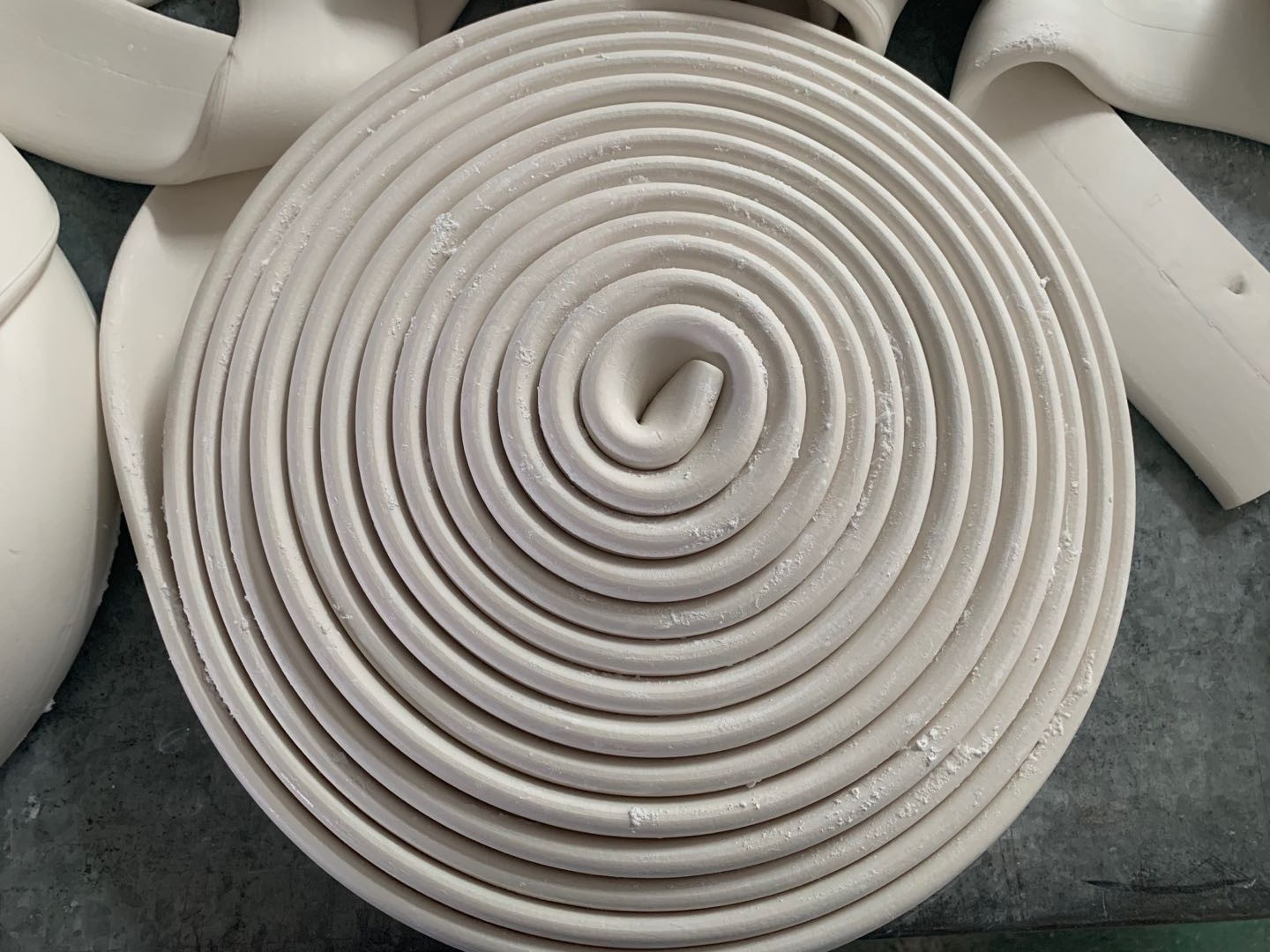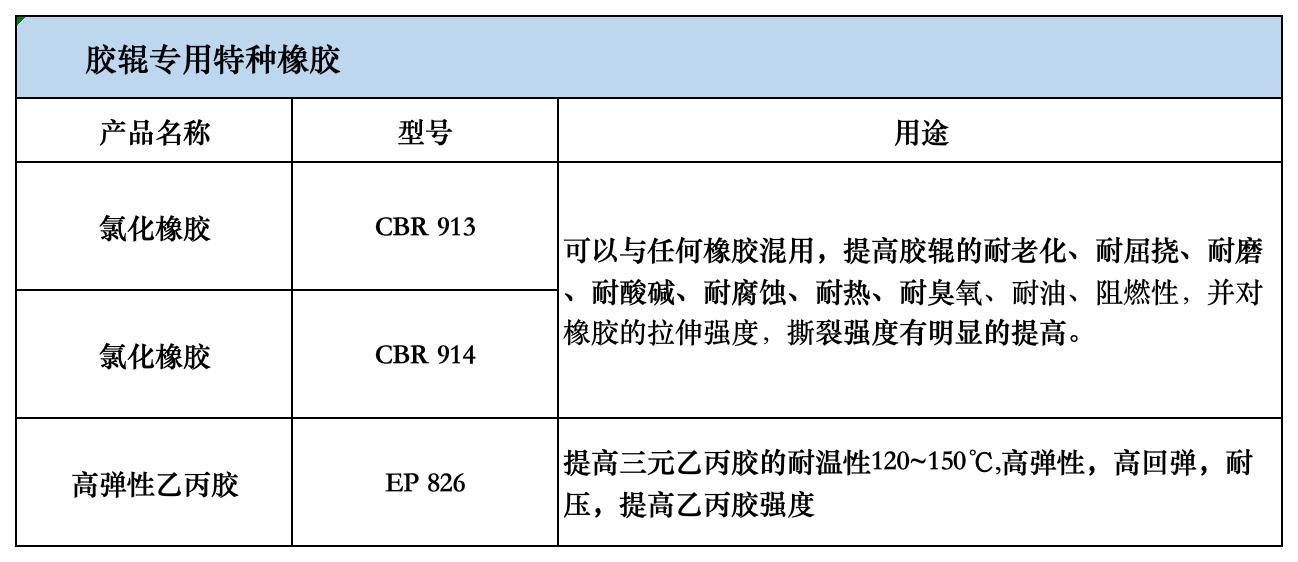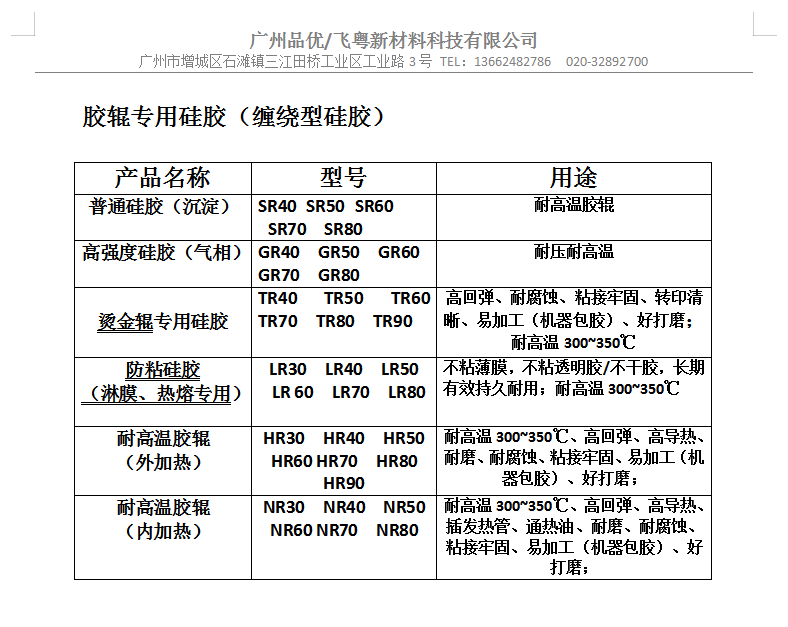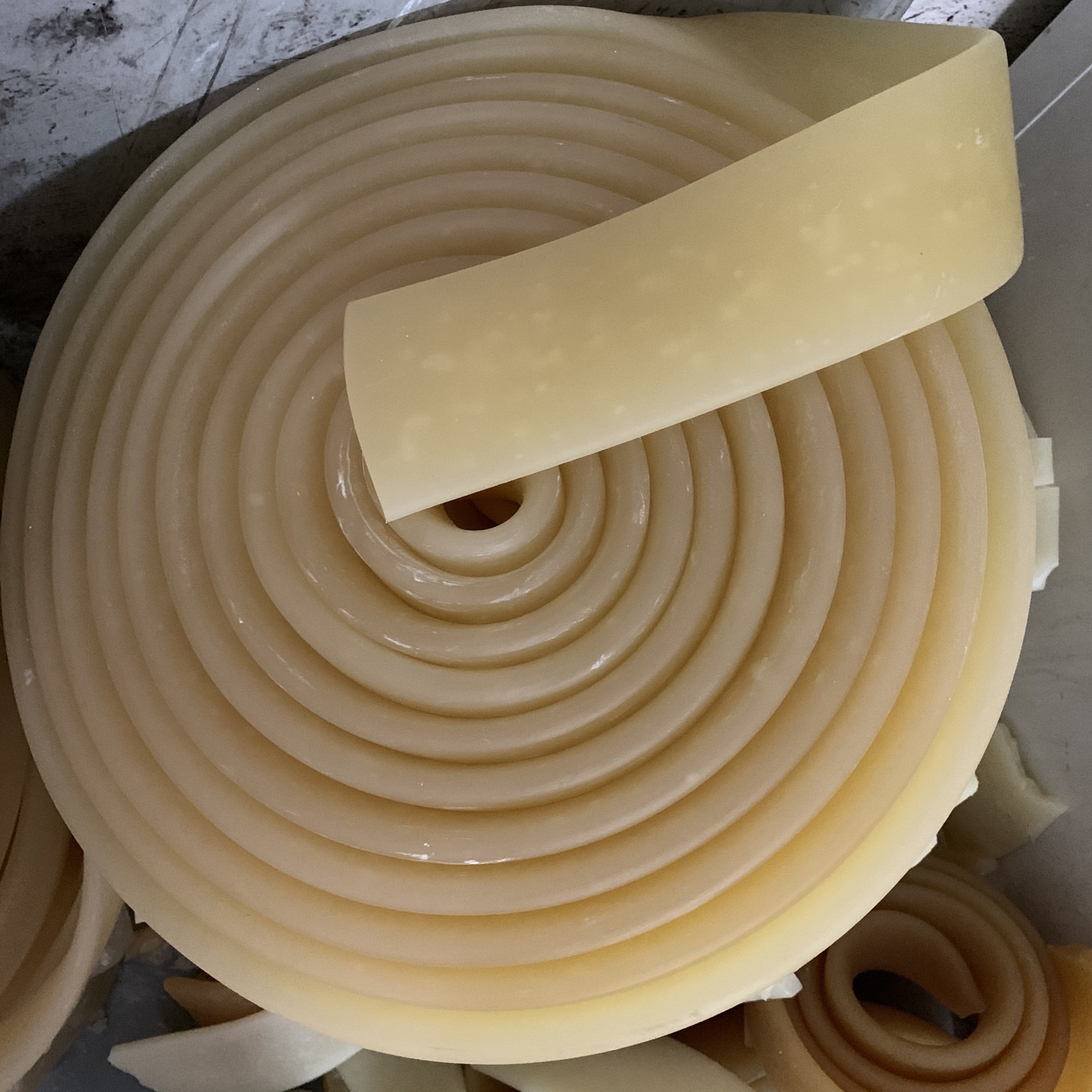Product Center
Products
Special raw materials for rubber products
Special raw materials for rubber products
keywords: Special raw materials for rubber products
Key words:
Classification:
Special raw materials for rubber products

Hotline:
Special raw materials for rubber products
Main Ingredient: Pure Product
Appearance and Properties: Colorless transparent liquid.
Melting Point (℃): -55
Boiling Point (℃): 248 (1.20 kPa)
Freezing Point: -55℃~-40℃
Refractive Index: 1.449~1.451
Flash Point: 277℃
Solubility parameter: δ = 8.45
Relative Density (water=1): 0.91
Relative Vapor Density (air=1): 14.7
Saturated Vapor Pressure (kPa): 1.20 (248℃) [2]
Solubility: Insoluble in water, soluble in alcohols, ethers, ketones, aromatic hydrocarbons, aliphatic hydrocarbons, and other organic solvents. Partially soluble in certain amines and polyols. Compatible with polyvinyl chloride, vinyl copolymers, ethyl cellulose, polystyrene, polymethyl methacrylate, and synthetic rubber.
Dioctyl Sebacate, also known as Bis(2-ethylhexyl)sebacate, or Di-2-ethylhexyl sebacate, with the molecular formula: C26H50O4, and a molecular weight of 426.66. Under standard conditions, it is a pale yellow liquid, slightly soluble in water, and easily soluble in ethanol and ether. It is a raw material for producing nylon-610 and nylon-9 fibers. Its esters are plasticizers in the plastics industry. It is obtained by heating and saponifying castor oil and then separating it.
Dioctyl sebacate is produced by the esterification reaction of sebacic acid and octanol (mass ratio 1:1.6) under the catalysis of sulfuric acid (0.25% of the total mass of sebacic acid and octanol), first generating mono-octyl ester, which is relatively easy. The second step generates diester, which is more difficult. It requires controlling a higher temperature, about 130~140℃, and performing dehydration under a vacuum of 0.093 MPa for 3~5 hours to achieve a high yield. The crude ester is neutralized with a 2%~5% solution of soda ash, then washed with water at 70~80℃, and then dehydrated under a vacuum of 0.096-0.097 MPa. When the flash point of the crude ester reaches 205℃, it is the endpoint. The crude ester is then filtered to obtain the product.
1. Dioctyl sebacate should be inspected by the technical inspection department of the production unit, and each batch of dioctyl sebacate must meet the requirements of this standard and be accompanied by a quality certificate in a certain format.
2. The user unit has the right to inspect the received dioctyl sebacate according to the technical conditions, inspection rules, and inspection methods specified in this standard to check whether it meets the requirements of this standard.
3. The weight of each batch of dioctyl sebacate must not exceed 25 tons.
4. Samples should be taken equally from 10% of the packaging barrels, but for small batches, no less than 5 packaging barrels should be taken. Samples should be taken from three different depths: upper, middle, and lower, and the total amount of samples should not be less than 1 liter.
5. The collected samples should be carefully mixed and evenly divided into two clean, dry, brown glass bottles with stoppers. Labels should be affixed to the bottles indicating: name of the manufacturer, product name, batch number, grade, quantity, and sampling date. One bottle is for inspection, and the other bottle is sealed for three months for reference. The arbitration laboratory is to be selected by agreement between both parties.
6. If any indicator in the inspection results does not meet the requirements of this standard, a sample of dioctyl sebacate should be re-selected from twice the packaging for retesting. If the retest results show that even one item does not meet the requirements of this standard, the entire batch of dioctyl sebacate should be downgraded or treated as non-conforming products. The testing methods and reagents required for the determination should be prepared and applied according to the relevant unified inspection methods for plasticizers and the basic standards for chemical reagents GB601-603-65, unless otherwise specified.
7. The determination of appearance and color should be conducted according to the measurement of "Appearance and Color of Plasticizers" in the unified inspection methods for plasticizers HG2-431-66. During the measurement, one of the Pt-Co number 500 color standard solutions should be selected based on the color of the sample.
8. The determination of ester content should be conducted according to the provisions of "Determination of Ester Content and Saponification Value of Plasticizers" in the unified inspection methods for plasticizers HG2-432-66.
9. The determination of specific gravity should be conducted according to the provisions of "Determination of Specific Gravity of Plasticizers (Specific Gravity Bottle Method)" in the unified inspection methods for plasticizers HG2-134-66.
10. The determination of acid value should be conducted according to the provisions of "Determination of Acid Value of Plasticizers" in the unified inspection methods for plasticizers HG2-435-66.
11. The determination of heating loss should be conducted according to the provisions of "Determination of Heating Loss of Plasticizers" in the unified inspection methods for plasticizers HG2-436-66.
Previous Page
Special raw materials for rubber products
Related Products
Product Consulting
* Note: Please be sure to fill in the information accurately and keep the communication unblocked. We will get in touch with you as soon as possible.



















